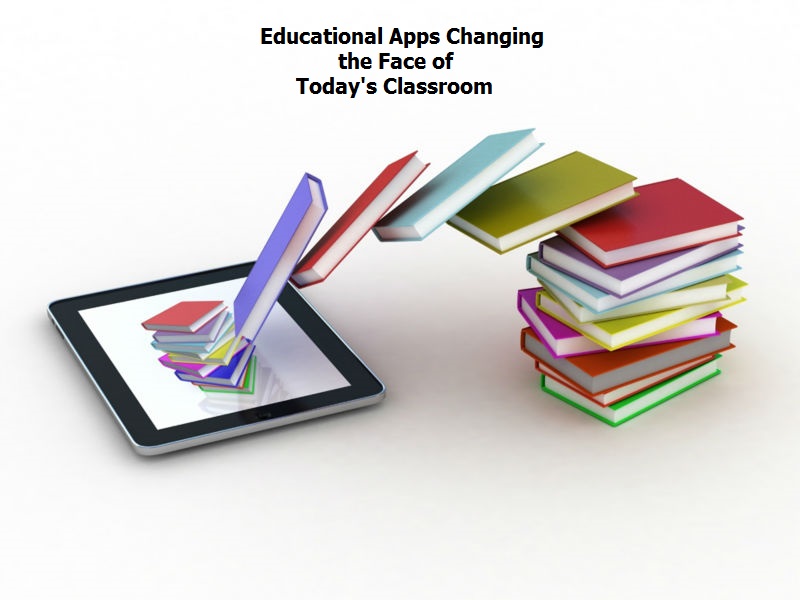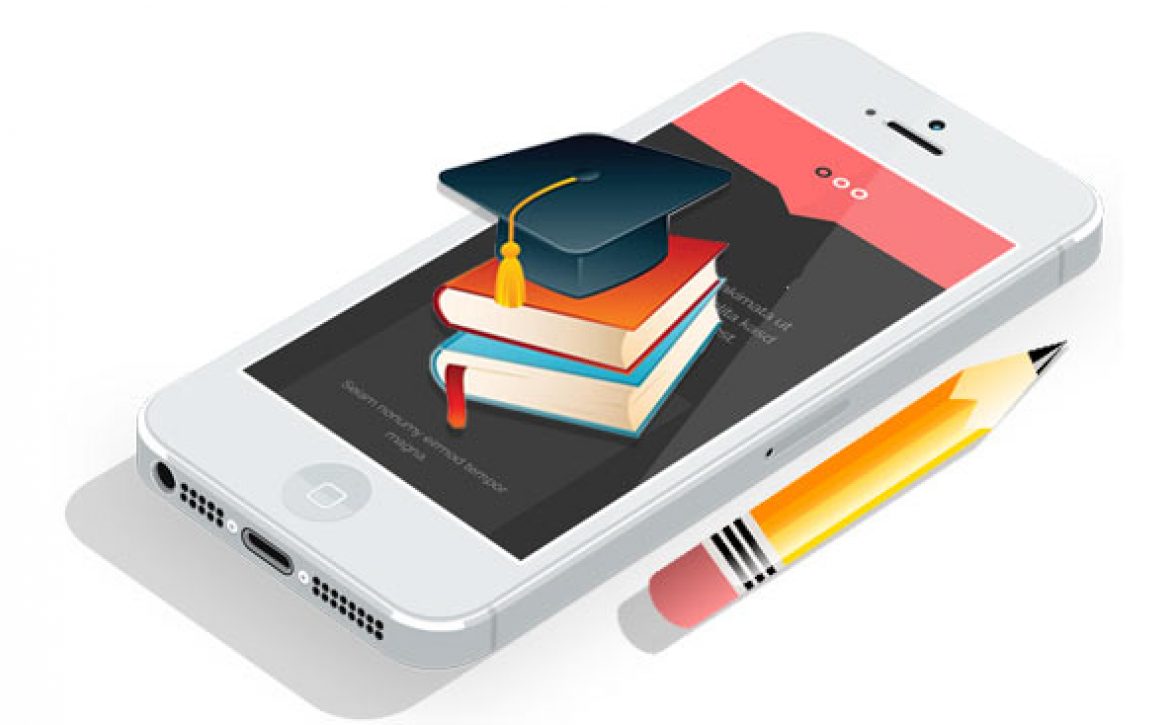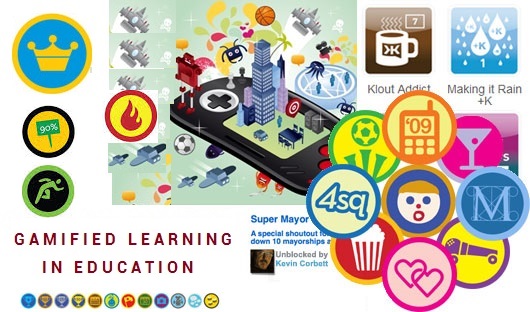Educational Apps Changing the Face of Today’s Classroom
People often say that interesting methods or ways should be used when it comes to help the students learn something. We too are of the opinion that the conventional methods of teaching do not go well with most students of today’s times, as they find those methods quite mundane. This could be one of the reasons why there has been tremendous rise in the use of educational apps in the last few years. Currently, the educational apps have not only changed the way toddlers or kids used to start their learning phase, but also the face of today’s classroom.
Worldwide trends on how education sector is embracing technology
Android smartphones, iPhones and iPads are being widely used these days by the teachers as well as their students to share study materials, complete and submit assignments, and evaluation of the same. For example, around 1000 schools in the United Kingdom incorporated iPads in their teaching methodology. More than 1.5 million iPads were brought into the system by the schools, and the device successfully replaced the conventional textbooks with e-books. No doubt, the incorporation of online textbooks made it possible for the students and the teachers to explore the vast pool of information. So, the application of iPad in the classroom has definitely turned out to be a successful one.
Skype, which is one of the most widely used applications in the entire world, has its own platform for the teachers, and it is known as ‘Skype in the Classroom’. By the end of 2013, more than 50,000 teachers joined the online classroom to assist their students in the learning process. More than 3,000 Skype Lessons are available for the teachers to explore, and they are using the resources happily.
Our take
We strongly believe that the era of blackboard and chalk is soon going to be a thing of the past. The educational apps is not only affecting the way in which classrooms are managed, but also the way through which students learn. Well, the change is definitely a positive one. Unlike textbooks, one can easily update the e-books with just few taps, and not to forget the huge numbers of trees we save through this method. Nowadays, students or teachers do not have to wait for the new books to arrive or wait for the updated edition. The next best thing about the e-books through the educational apps is that financial issues do not come in the way of a student’s curiosity to learn. There are plenty of Android and iPhone/iPad apps available through which students can have access to numbers of e-books for free.
Teachers also believe that the incorporation of technology in the education sector has made it possible for the kids in the classroom to be self-sufficient researchers. And, this finding is basically a result of the survey conducted by the Pew Research Center. The findings also focused on the fact that the learning process of today’s classrooms has turned out to be much more autonomous than before. So, the modern classroom is radically different from its predecessor, where the students had to depend mostly on the teachers to gain knowledge and clear their doubts.








